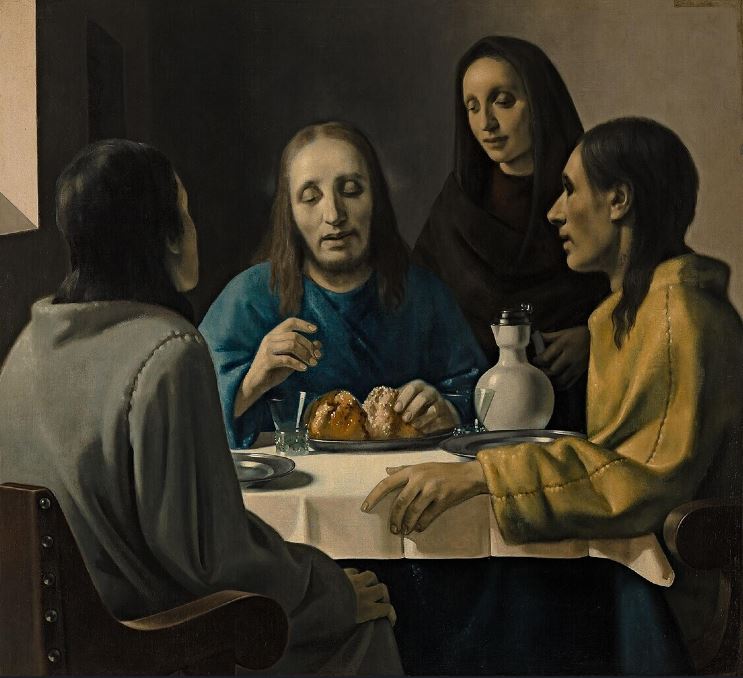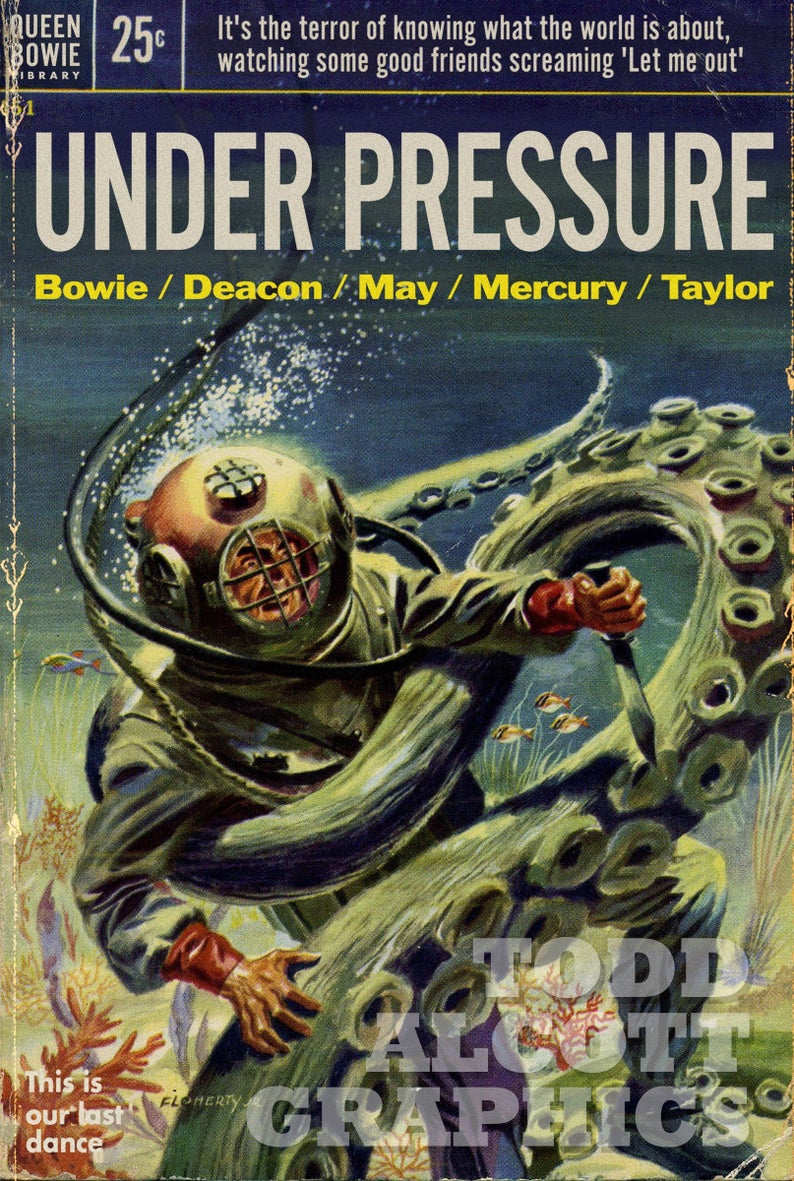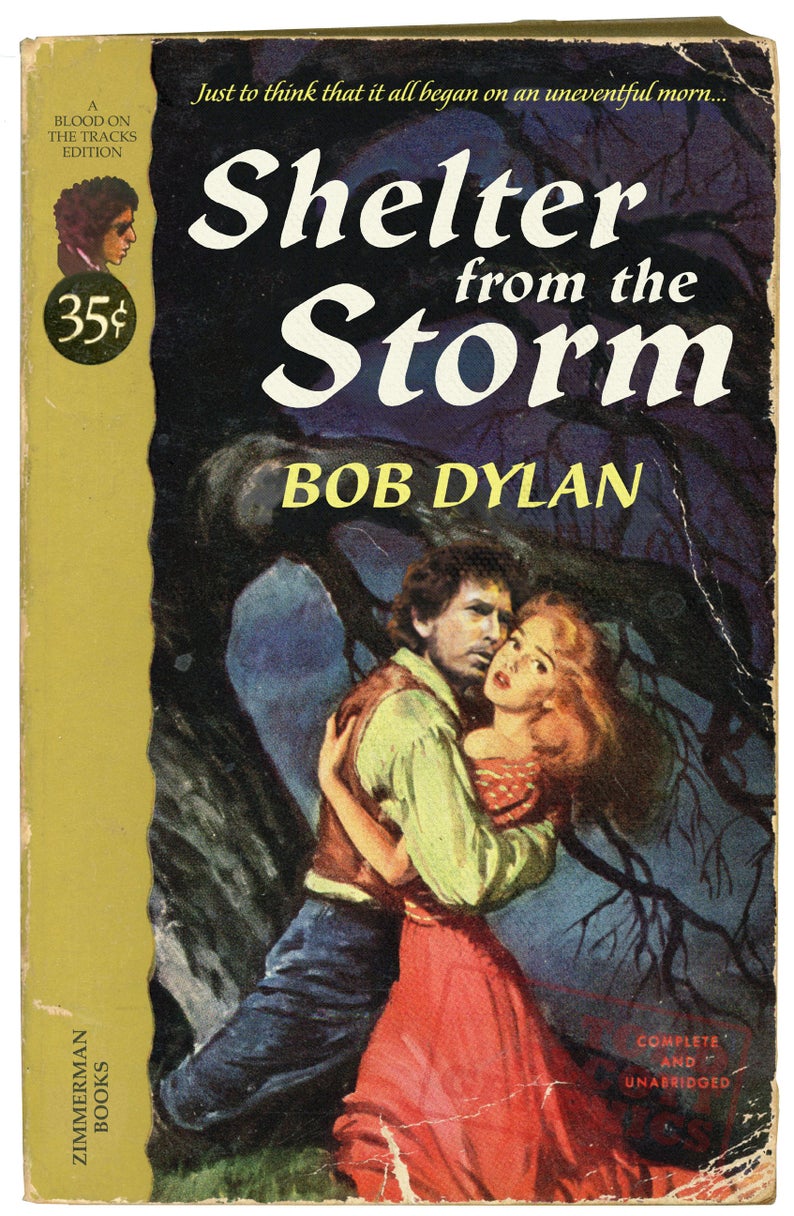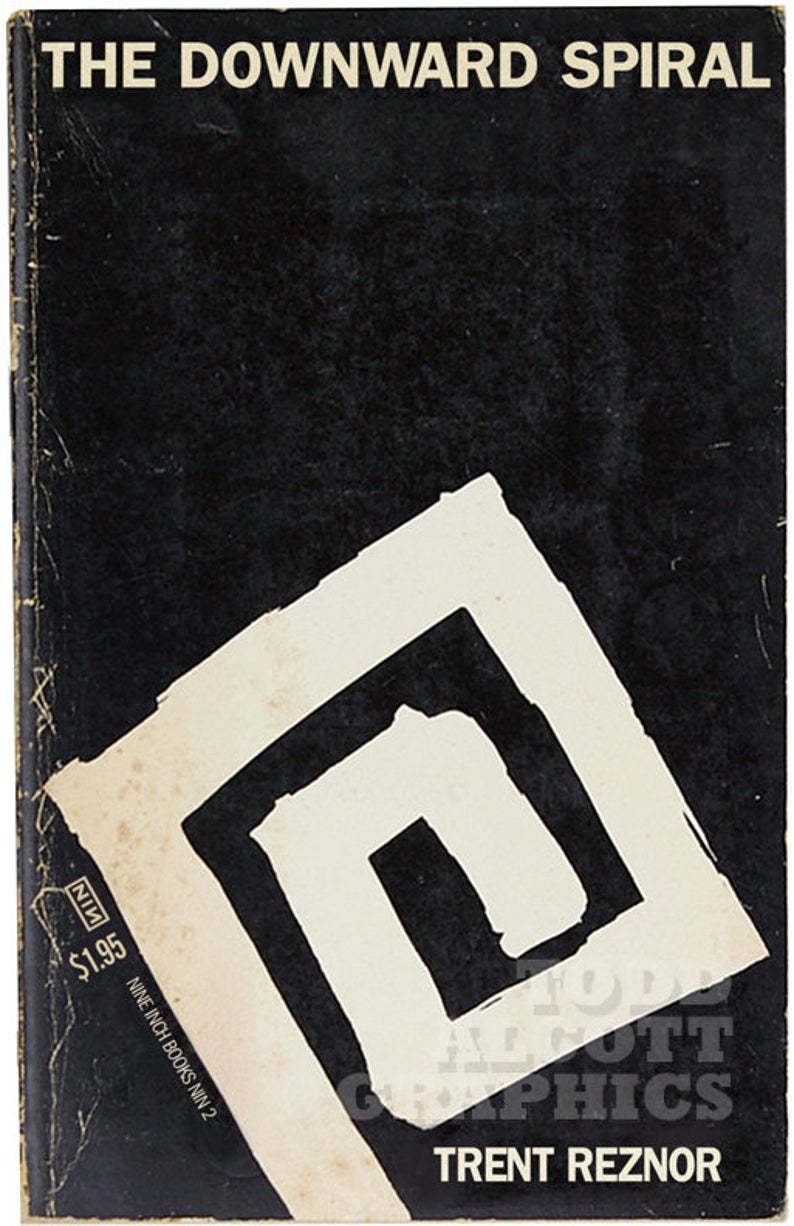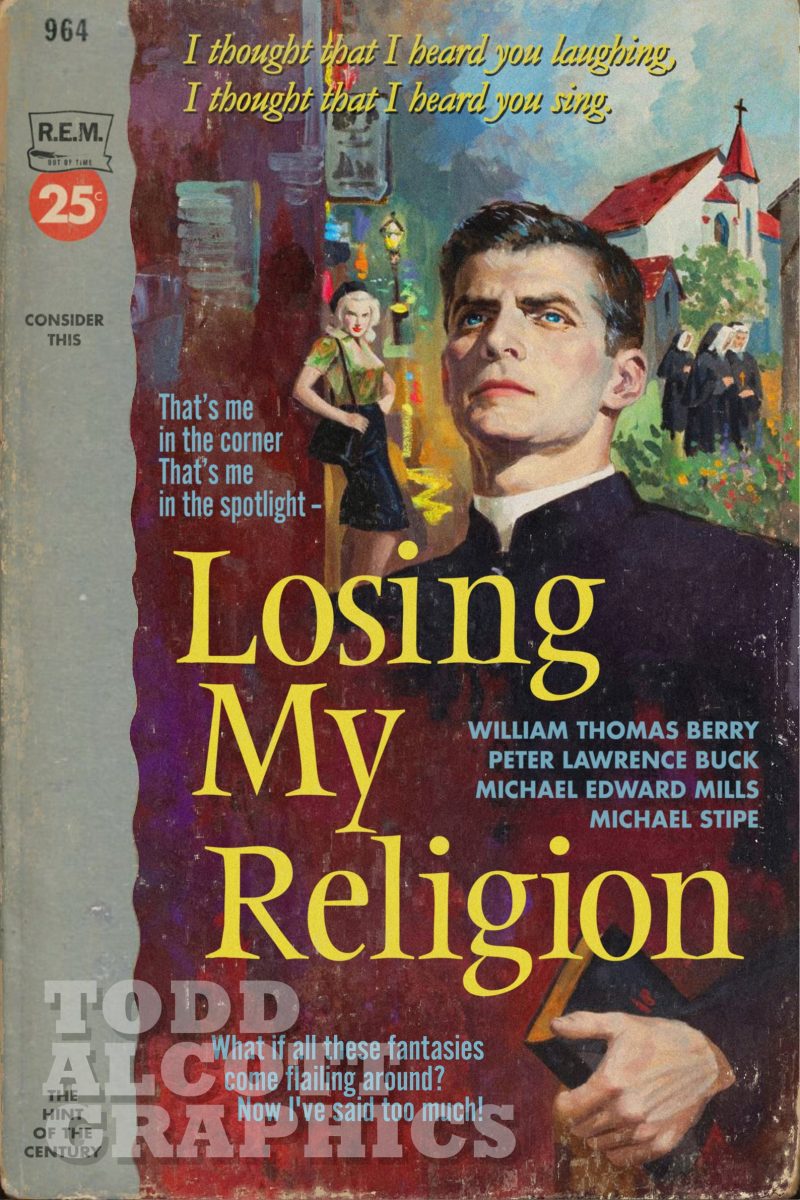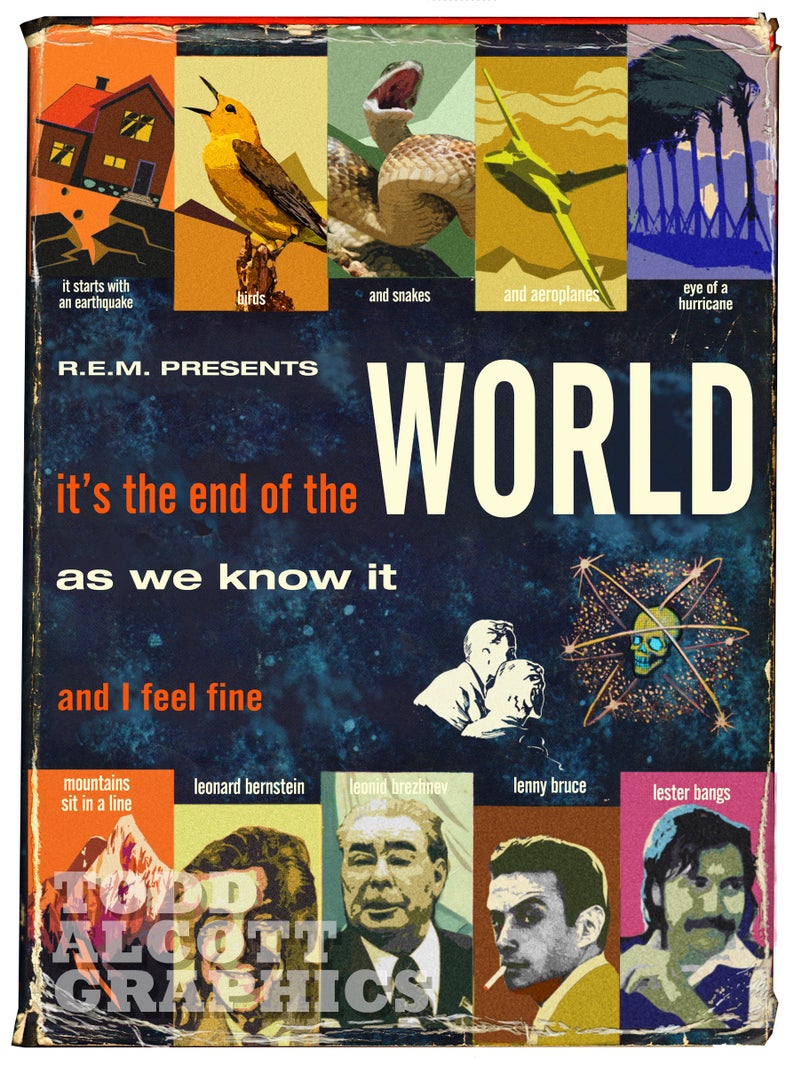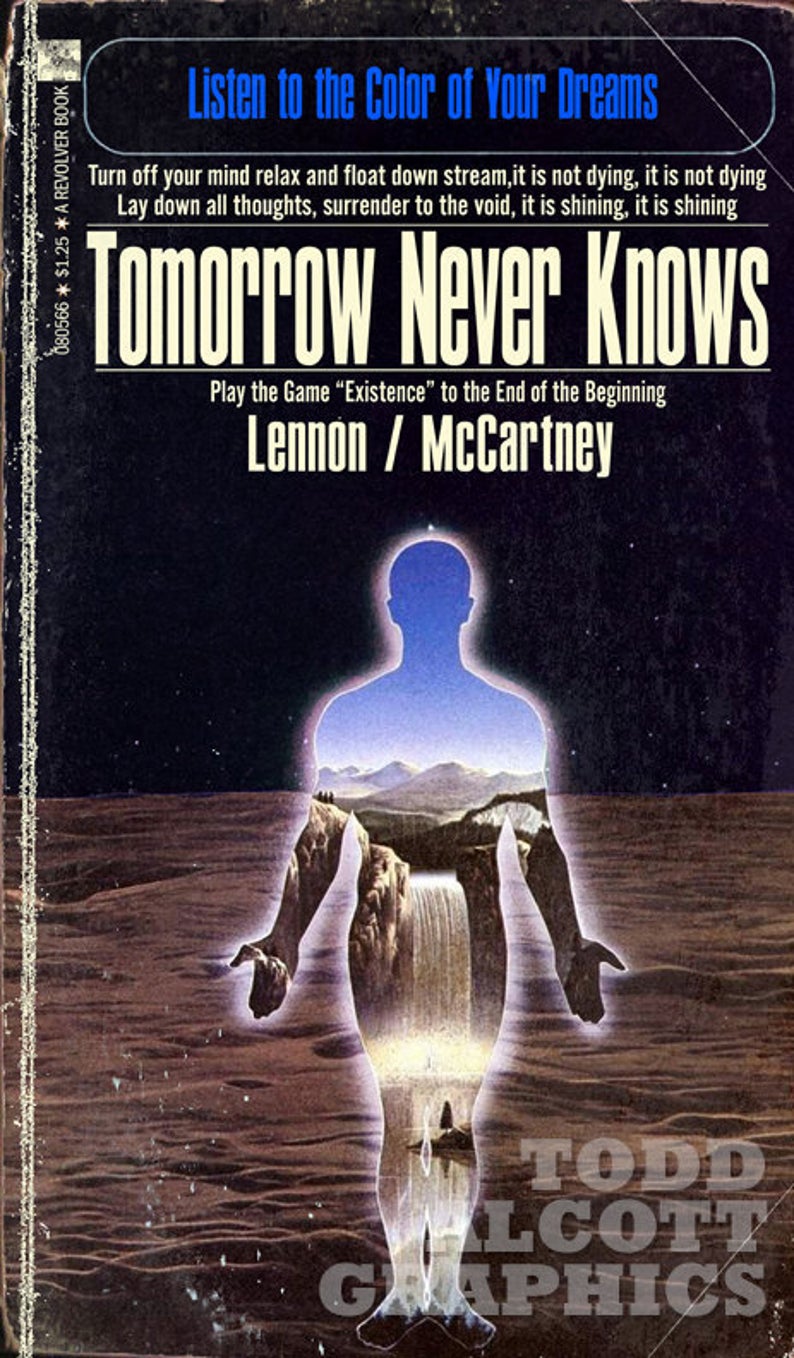Judging by the outpouring of affection in online comment sections, Chicago folk musician John Prine (may he rest in peace) has helped a great many of his fans through tough times with his humanist, oft-humorous lyrics.
Add funny man Bill Murray to the list.
Taping a video in support of The Tree of Forgiveness, Prine’s first album of new material in over a decade, Murray recalled a grim period in which a deep funk robbed him of all enjoyment. Though he carefully stipulates that this “bummer” could not be diagnosed as clinical depression, nothing lifted his spirits, until Gonzo journalist Dr. Hunter S. Thompson—whom Murray embodied in the 1980 film, Where the Buffalo Roam—suggested that he turn to Prine for his sense of humor.
Murray took Thompson’s advice, and gave his fellow Illinoisian’s double greatest hits album, Great Days, a listen.
This could have backfired, given that Great Days contains some of Prine’s most melancholy—and memorable—songs, from “Hello in There” and “Angel from Montgomery” to “Sam Stone,” voted the 8th saddest song of all time in a Rolling Stone readers’ poll.
But the song that left the deepest impression on Murray is a silly country-swing number “Linda Goes to Mars,” in which a clueless husband assumes his wife’s vacant expression is proof of interplanetary travel rather than disinterest.
To hear Murray tell it, as he thumbs through a copy of John Prine Beyond Words, the moment was not one of gut-busting hilarity, but rather one of self-awareness and relief, a signal that the dark clouds that had been hanging over him would disperse.
A grateful Murray’s admiration runs deep. As he told The Washington Post, when he was awarded the Kennedy Center Mark Twain Prize for American Humor, he lobbied—unsuccessfully—to get Prine flown in for the ceremony:
I thought it would have been a nice deal because John Prine can make you laugh like no else can make you laugh.
Ditto Prine’s dear friend, the late, great folk musician, Steve Goodman, the author of “The Vegetable Song,” “The Lincoln Park Pirates” (about a legendary Chicago towing company), and “Go, Cubs, Go,” which Murray trilled on Saturday Night Live with players Dexter Fowler, Anthony Rizzo, and David Ross shortly before the Cubbies won the 2016 World Series.
I just found out yesterday that Linda goes to Mars
Every time I sit and look at pictures of used cars
She’ll turn on her radio and sit down in her chair
And look at me across the room as if I wasn’t there
Oh, my stars, my Linda’s gone to Mars
Well, I wish she wouldn’t leave me here alone
Oh, my stars, my Linda’s gone to Mars
Well, I wonder if she’d bring me something home
Something, somewhere, somehow took my Linda by the hand
And secretly decoded our sacred wedding band
For when the moon shines down upon our happy humble home
Her inner space gets tortured by some outer space unknown
Oh, my stars, my Linda’s gone to Mars
Well, I wish she wouldn’t leave me here alone
Oh, my stars, my Linda’s gone to Mars
Well, I wonder if she’d bring me something home
Now I ain’t seen no saucers ‘cept the ones upon the shelf
And if I ever seen one I’d keep it to myself
For if there’s life out there somewhere beyond this life on earth
Then Linda must have gone out there and got her money’s worth
Oh, my stars, my Linda’s gone to Mars
Well, I wish she wouldn’t leave me here alone
Oh, my stars, my Linda’s gone to Mars
Well, I wonder if she’d bring me something home
Yeah, I wonder if she’d bring me something home
Listen to a Great Days Spotify playlist here, though neither Open Culture, nor Bill Murray can be held accountable if you find yourself blinking back tears.
Bonus: Below, watch Prine and Murray “swap songs and stories about the early days in Chicago crossing paths with the likes of John Belushi, Steve Goodman and Kris Kristofferson.” Plus more.
Note: An earlier version of this post appeared on our site in June 2018.
Related Content:
The Philosophy of Bill Murray: The Intellectual Foundations of His Comedic Persona
Bill Murray Reads the Poetry of Lawrence Ferlinghetti, Wallace Stevens, Emily Dickinson, Billy Collins, Lorine Niedecker, Lucille Clifton & More
Listen to Bill Murray Lead a Guided Mediation on How It Feels to Be Bill Murray
Ayun Halliday is an author, illustrator, theater maker and Chief Primatologist of the East Village Inky zine. Join her in NYC on Thursday June 28 for another monthly installment of her book-based variety show, Necromancers of the Public Domain. Follow her @AyunHalliday.

